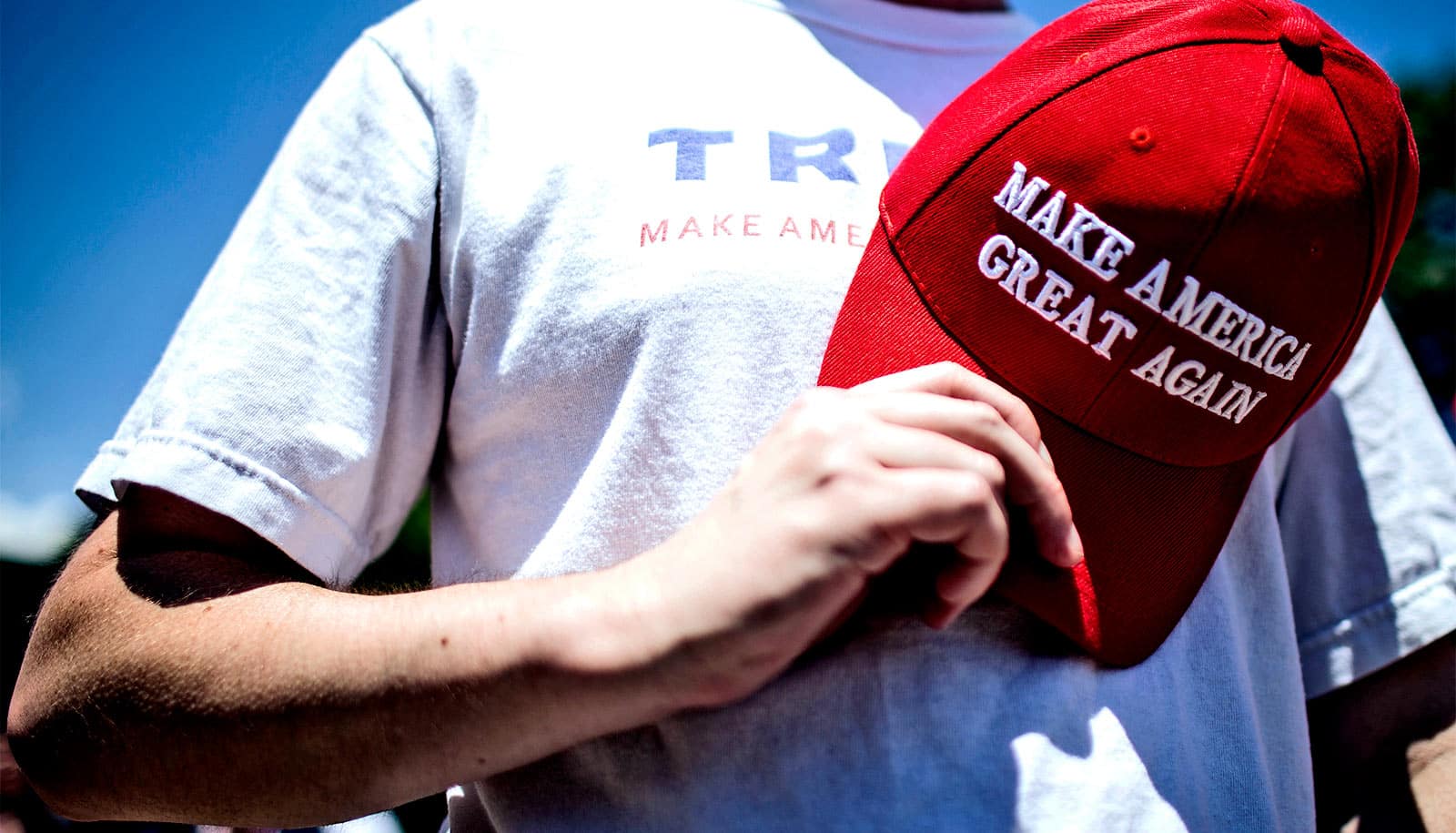A new tool to analyze political advertising on Facebook reveals massive discrepancies in party spending on the 2020 presidential election, researchers report.
Transparency in political ads is vital to ensuring safe and fair elections, but transparency is difficult if advertisers are not required to disclose details about targeting and sources of funding.
While TV broadcasters must disclose information about political ads to the public, Facebook, which is used by nearly 70% of Americans and is a source of news for many users, faces no such federal requirements.
Damon McCoy, professor of computer science and engineering at the New York University Tandon School of Engineering, and doctoral student Laura Edelson—the team behind the NYU Tandon Online Transparency Project—are bringing transparency to political advertising with the newly launched, first-of-its-kind tool called NYU Ad Observatory.
Designed to help reporters, researchers, thought leaders, policy makers, and the general public easily analyze political ads on Facebook ahead of the 2020 US elections, the web-based tool allows users to search by state, as well as major political races, to identify trends in how ads are targeted to specific audiences and what messages are being used, who is funding each ad, and how much they are spending to disseminate them.
Recent findings include:
- Since July 2020, Trump has spent twice what Biden has on ads across their respective Facebook pages.
- In Colorado’s Third District, a House candidate who has been associated with QAnon, Lauren Boebert, has spent $32,000 on Facebook ads since July 1, while her Democratic opponent, Diane Mitsch Bush, has spent $20,000. Both are focusing on donations.
- Twenty-two percent of Trump’s ad spending in that period has been focused on messages about the media.
- In the two weeks ending September 8, Trump spent around $30 million in swing states on Facebook ads, most designed to secure donations.
- Between January and August this year, Rep. Alexandria Ocasio-Cortez, D-NY, spent $2.8 million on Facebook ads, more than any other candidate.
- Nationwide, the top topic in Facebook political ads is President Donald Trump.
“We launched the Online Transparency Project two years ago to make it easier to see who was purchasing political ads on Facebook,” says Edelson. “With the NYU Ad Observatory, we have created a tool with significantly more functionality than Facebook’s ad library currently provides. It is our hope that journalists across the country utilize this free tool to support their election coverage and educate readers about how politicians are targeting Facebook users.”
The main source for NYU Ad Observatory is Facebook’s API and ad library reports. NYU Ad Observatory enhances information with additional coding, analysis, and features, including the ability to search by topic (like immigration), ad adjective (like donate), or total ad spend over time.
The NYU Ad Observatory lets users:
- Drill down to state-level rankings of political advertisers by spend.
- Search trends by state in races for president, US House and Senate, and governor, including spending, topics, ad objectives, and more.
- Set up personalized notifications on races, states, candidates, and other variables—and receive results directly in email inboxes.
To get NYU Ad Observatory into the hands of reporters, particularly those in local media with more limited resources, NYU Tandon partnered with George Washington University’s Institute for Data, Democracy & Politics (IDDP), which provided the financial support for building a notification tool that would easily inform journalists of which candidates are advertising on Facebook and the audiences they are targeting.
“Having an app like this that sends push notifications so a reporter can see who is advertising on Facebook, on behalf of which candidate or cause, targeting which demographic represents an astonishingly great digital tip sheet and can help that reporter—who would have no other way of finding this depth and breadth of information—serve the community with real accountability journalism,” says Frank Sesno, the director of strategic initiatives at George Washington University’s School of Media and Public Affairs.
To support more accurate data collection, the team also developed a second crowd-sourcing tool called NYU Ad Observer. NYU Ad Observer is a simple plug-in Facebook users can add to their web browser that copies ads they see on Facebook and collects them in a public database, while protecting privacy.
“Damon and Laura’s work demonstrates, at the highest levels, the role that data science can play in empowering the democratic process,” says Jelena Kovačević, Dean of the NYU Tandon School of Engineering.
“This work also shows how, at NYU Tandon, we are rethinking what engineering stands for: not just technical solutions to real world challenges, but how we as engineers address the implications of technology’s suffusion into literally every aspect of our lives, including the fundamental mechanics of society, and how people engage with one another.”
Source: New York University



